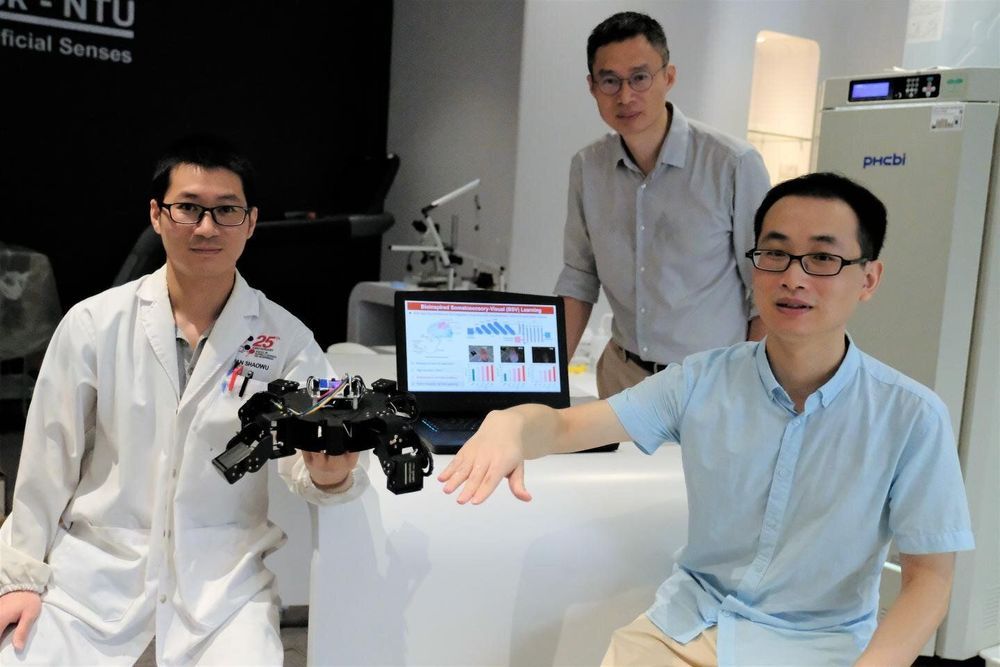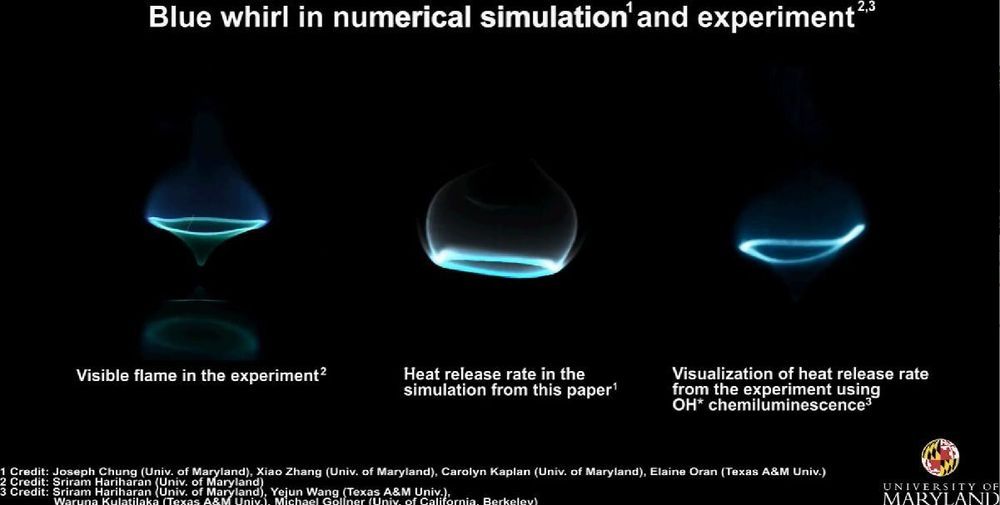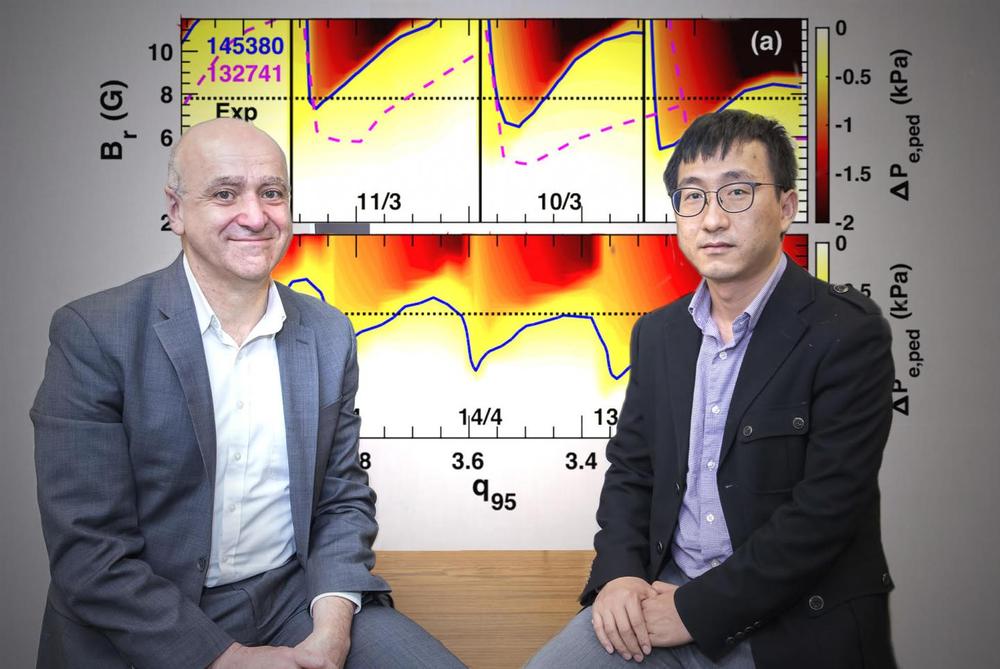This video explains the details of eukaryotes, replication in eukaryotes and differences between prokaryotic DNA replication and eukaryotic DNA replication.
Get the latest international news and world events from around the world.



Xiaomi aims for high art with world’s first mass-produced transparent TV
China’s Xiaomi has launched a new TV as part of the 10th anniversary celebration that also saw the announcement of the Mi 10 Ultra smartphone. The Mi TV Lux Transparent Edition brings sci-fi into the living room with an edge-to-edge self-luminous television that you can see through.
We’ve seen a few transparent televisions and screens from industry big hitters like Samsung, LG and Panasonic over the years, but Xiaomi says its Mi TV Lux Transparent Edition is the first to go into mass production.
The 55-inch OLED panel is just 5.7-mm thin and sits on a rounded base and, when the TV isn’t powered on, the display looks like a window between you and whatever is behind it – though it can be set to show arty display images if desired. But Xiaomi is promising an “unprecedented visual experience” when it’s switched on, with “extra rich blacks and unmatched brightness.”

Scientists develop artificial intelligence system for high precision recognition of hand gestures
Scientists from Nanyang Technological University, Singapore (NTU Singapore) have developed an Artificial Intelligence (AI) system that recognizes hand gestures by combining skin-like electronics with computer vision.
The recognition of human hand gestures by AI systems has been a valuable development over the last decade and has been adopted in high-precision surgical robots, health monitoring equipment and in gaming systems.
AI gesture recognition systems that were initially visual-only have been improved upon by integrating inputs from wearable sensors, an approach known as ‘data fusion’. The wearable sensors recreate the skin’s sensing ability, one of which is known as ‘somatosensory’.

Revealing the structure of the mysterious blue whirling flame
A team of researchers working at the University of Maryland has uncovered the structure of the mysterious blue whirling flame. In their paper published in the journal Science Advances, the group describes using computer simulations to determine the structure of the unique type of flame.
Back in 2016, a team of researchers discovered what they described as a blue whirling flame while they were studying the properties of liquid fuel floating on water. They had added fuel to a tank full of water that was enclosed in a space that generated a vortex. They described a fire that looked at first like a tornado, but then shortly after, settled into what they dubbed a blue whirling flame. They noted at the time that its color suggested it likely was very efficient, burning the fuel without creating soot—a property that might be useful in cleaning up oil spills. Since then, others have looked at the unique type of flame, but no one had tried to understand its structure. In this new effort, the researchers took a closer look at the flame and found it was actually three types of flames that had merged into one.
To learn more about the nature of the blue whirling flame, the researchers created computer simulations using conditions known to generate them. They then slowly adjusted the parameters until they were able to generate the flame virtually. They discovered that the flame was actually the result of three known types of flames merging: those with an invisible outer flame, which happens when there is less fuel than oxygen in the mix—and two that had types of visible inner flames in which higher fuel ratios are more common.

Hubble Finds Cause for Betelgeuse’s Mysterious Dimming – Is Aging Red Supergiant About to Supernova?
Hubble Finds That Betelgeuse’s Mysterious Dimming Is Due to a Traumatic Outburst
Observations by NASA ’s Hubble Space Telescope are showing that the unexpected dimming of the supergiant star Betelgeuse was most likely caused by an immense amount of hot material ejected into space, forming a dust cloud that blocked starlight coming from Betelgeuse’s surface.
Hubble researchers suggest that the dust cloud formed when superhot plasma unleashed from an upwelling of a large convection cell on the star’s surface passed through the hot atmosphere to the colder outer layers, where it cooled and formed dust grains. The resulting dust cloud blocked light from about a quarter of the star’s surface, beginning in late 2019. By April 2020, the star returned to normal brightness.

Dying Breaths of a Massive Star – Supernovae That Result From Pulsating Supergiants Like Betelgeuse
Betelgeuse has been the center of significant media attention lately. The red supergiant is nearing the end of its life, and when a star over 10 times the mass of the Sun dies, it goes out in spectacular fashion. With its brightness recently dipping to the lowest point in the last hundred years, many space enthusiasts are excited that Betelgeuse may soon go supernova, exploding in a dazzling display that could be visible even in daylight.
While the famous star in Orion’s shoulder will likely meet its demise within the next million years — practically couple days in cosmic time — scientists maintain that its dimming is due to the star pulsating. The phenomenon is relatively common among red supergiants, and Betelgeuse has been known for decades to be in this group.
Coincidentally, researchers at UC Santa Barbara have already made predictions about the brightness of the supernova that would result when a pulsating star like Betelgeuse explodes.


Scientists discover way to make quantum states last 10,000 times longer
If we can harness it, quantum technology promises fantastic new possibilities. But first, scientists need to coax quantum systems to stay yoked for longer than a few millionths of a second.
A team of scientists at the University of Chicago’s Pritzker School of Molecular Engineering announced the discovery of a simple modification that allows quantum systems to stay operational—or “coherent”—10,000 times longer than before. Though the scientists tested their technique on a particular class of quantum systems called solid-state qubits, they think it should be applicable to many other kinds of quantum systems and could thus revolutionize quantum communication, computing and sensing.
The study was published Aug. 13 in Science.